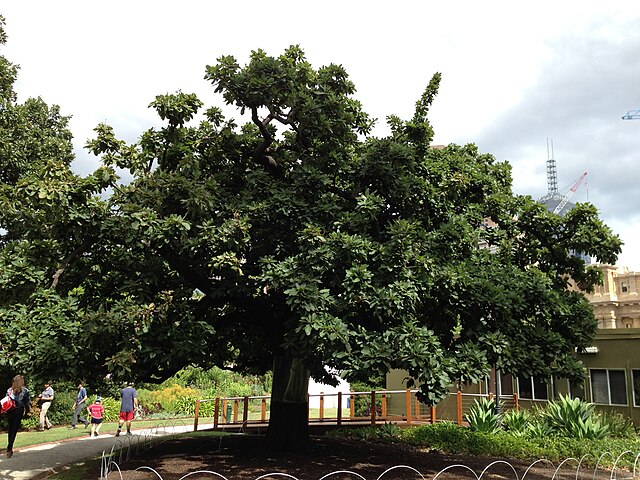The Federation of Australia was the process by which the six separate British self-governing colonies of Queensland, New South Wales, Victoria, Tasmania, South Australia, and Western Australia agreed to unite and form the Commonwealth of Australia, establishing a system of federalism in Australia. The colonies of Fiji and New Zealand were originally part of this process, but they decided not to join the federation. Following federation, the six colonies that united to form the Commonwealth of Australia as states kept the systems of government that they had developed as separate colonies, but they also agreed to have a federal government that was responsible for matters concerning the whole nation. When the Constitution of Australia came into force, on 1 January 1901, the colonies collectively became states of the Commonwealth of Australia.

The Sydney Town Hall illuminated in celebratory lights and fireworks marking the Inauguration of the Commonwealth of Australia, 1901. The sign reads One people, one destiny.
Governor of Queensland Lord Lamington reading the Queen's proclamation on Federation in Brisbane
Published in 1888 this cartoon depicts the anti-Chinese sentiment that was one of the driving forces behind the push for federation.
The Federal Oak in the gardens of the Victorian Parliament House in Melbourne. The tree was planted in 1890 by Sir Henry Parkes to commemorate the meeting of the Australian Federal Conference.
The Colony of Queensland was a colony of the British Empire from 1859 to 1901, when it became a State in the federal Commonwealth of Australia on 1 January 1901. At its greatest extent, the colony included the present-day State of Queensland, the Territory of Papua and the Coral Sea Islands Territory.
Immigrants aboard the Artemisia arrived at the colony of Moreton Bay in 1848.
Early gold miners were prepared to live rough to strike it rich.
Mary River residence, 1870
Pioneer Sugar Mill at Mackay in the 1880s








